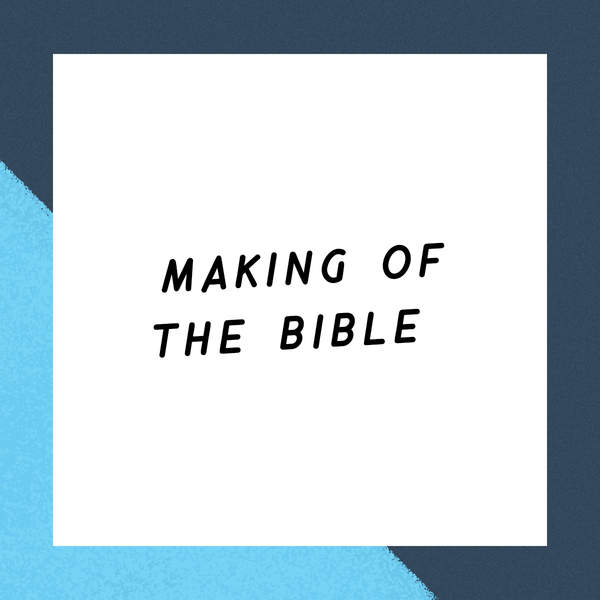
Episode 1
Show Notes
In this series we explore how the Bible was written and the long process of its composition and manuscript history. The bible is a book with a very traceable history, it was not written in secret. The authors of these texts were of course humans, but they also claimed that through these human words God speaks to his people. It's important to keep the divine and human nature of the Bible in balance. Many people think that believing the Bible is God's word necessitates believing it came into existence with little or no human agency. This idea is foreign to the biblical authors and we should cherish the beautiful and complex ways the Bible was composed and collected over the centuries.
Referenced Resources
Interested in learning more? Check out Tim's library for a list of recommended books and other resources.
Get the BibleProject app for access to our entire library of resources in one place.